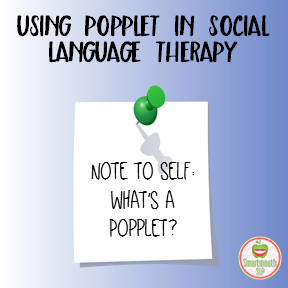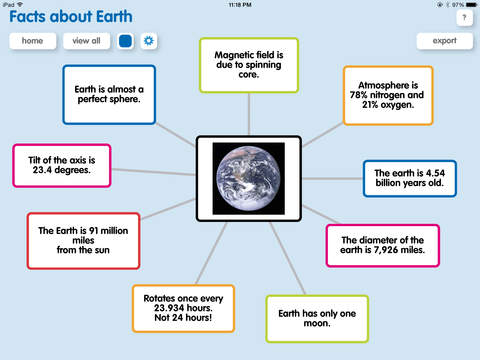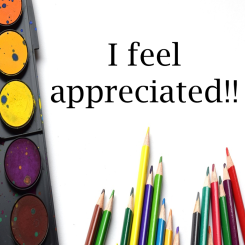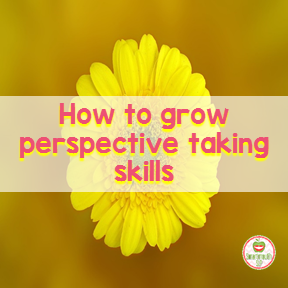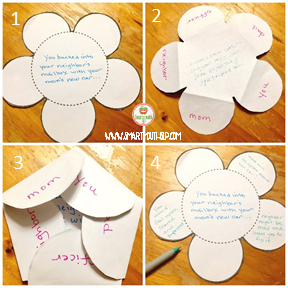
Summer is almost here and I have been sitting in IEP meetings for the last 137 hours (at least it feels that way). Summer homework packets are always stressful for the SLP to create as we tend towards the tiniest streak of perfectionism as a profession. We are bone tired in the homestretch of school and I have always dreaded putting these packets together, hoping that they will at least be glanced at before we come back in August. But with age comes wisdom (and memory loss, but that is a post for another day), and I no longer feel compelled to make these homework packs.
In the case of social language, there is very little in a worksheet that will help my friends truly carryover the social skills that we address during the year. So what do I tell the families? First, I try to help them let go of the need to “drill and kill” over the summer break. As a parent, I felt the pressure to make sure I was doing something to keep my boys’ brains engaged when they were out of school, so they wouldn’t come back to class acting like they had never lived indoors or held a book. This parental guilt is tricky for us all. When I worked in an outpatient clinic at a children’s hospital, I remember a mom of a little guy with autism being torn over missing therapy to go to the beach for a week. I told her that language is everywhere and family time is just as crucial for her son as therapy. I could see the relief wash over her and she let the mommy guilt go. A few short weeks of summer is meant as a respite for us all.
What I do suggest is finding ways for my students to be socially engaged in a more natural setting. Organized sports are often tough for my kiddos, but a few kids running outside in the sprinklers or in the park playing Frisbee golf are great opportunities to work on turn taking, whole body listening and language! Growing a garden together or cooking as a family embeds tons of group work skills and language opportunities. Letting the kids plan a weekly outing requires lots of social and executive function practice, including time management, thinking about what other people like (or do not like), and being flexible thinkers.
Now I know that my social friends aren’t always keen on moving out of their routine and comfort zones, so leverage what they do like! For example, in order to earn screen time, a new Anime book or Minecraft© purchases, they pick one social activity to participate in per week, not necessarily joyfully but without wailing and gnashing their teeth. Look for social clubs in your area that allow for a more relaxed participation around group activities for older kids with social language impairments (we have an amazing one here called E’s Club). Suggest that your student get involved in causes that they care about such as volunteering at a local animal shelter. Real life experiences will always trump worksheets, particularly in developing social competencies!
Happy summer! Let go of the homework packet guilt SLPs and let me know your thoughts on supporting social language over the break.


